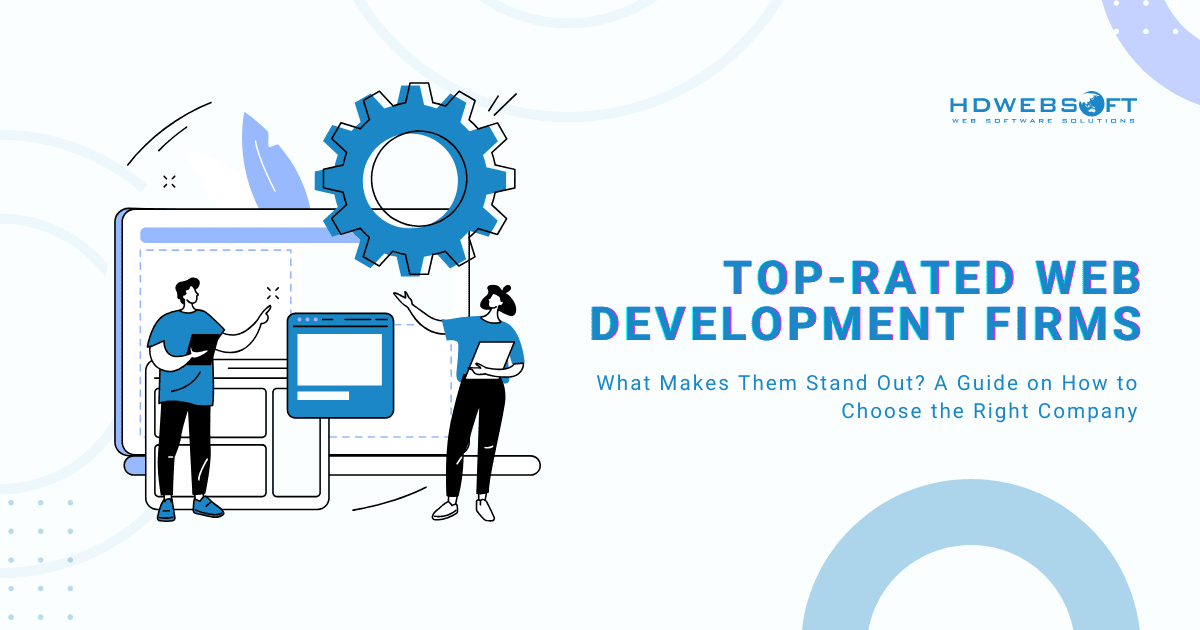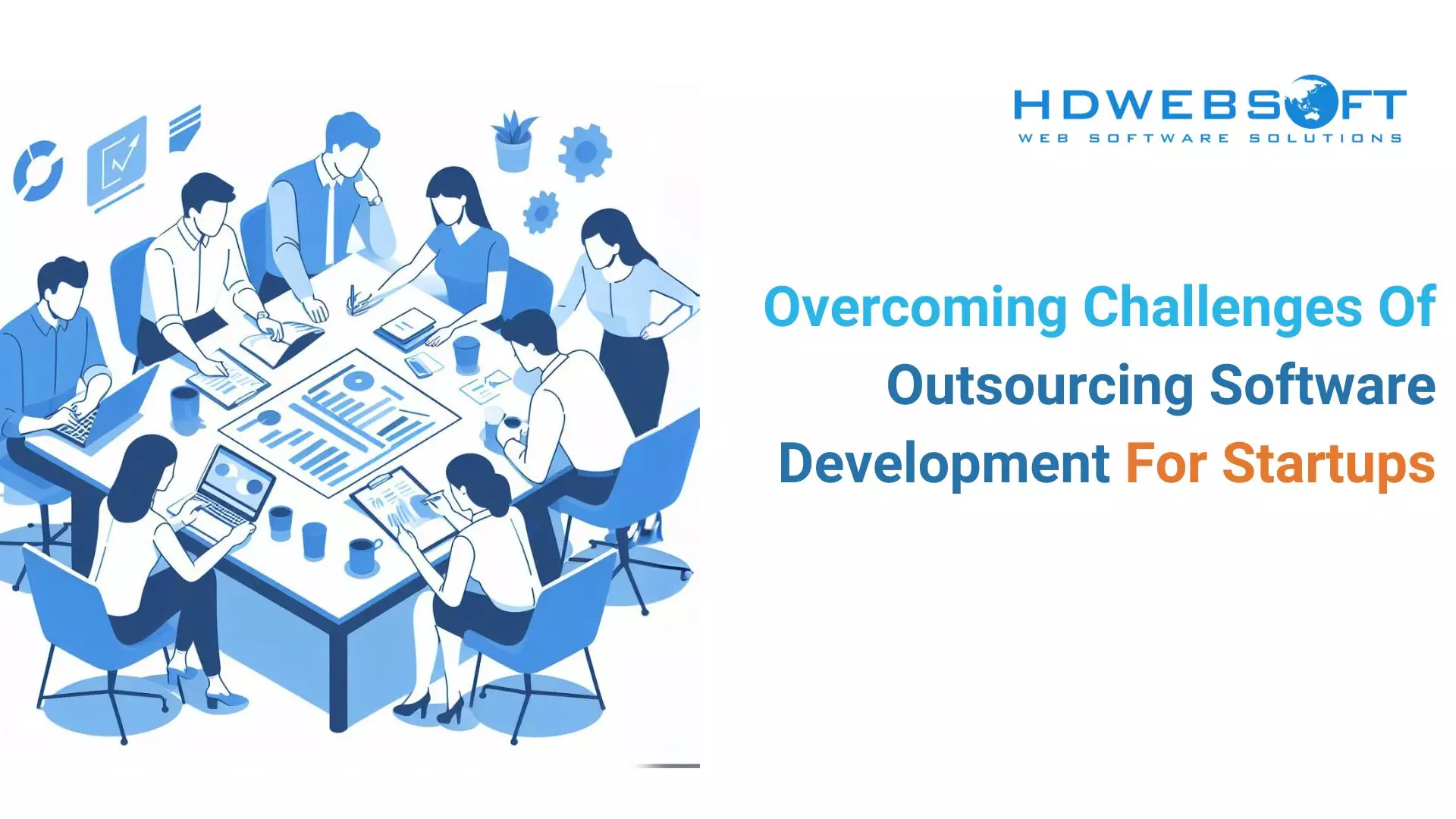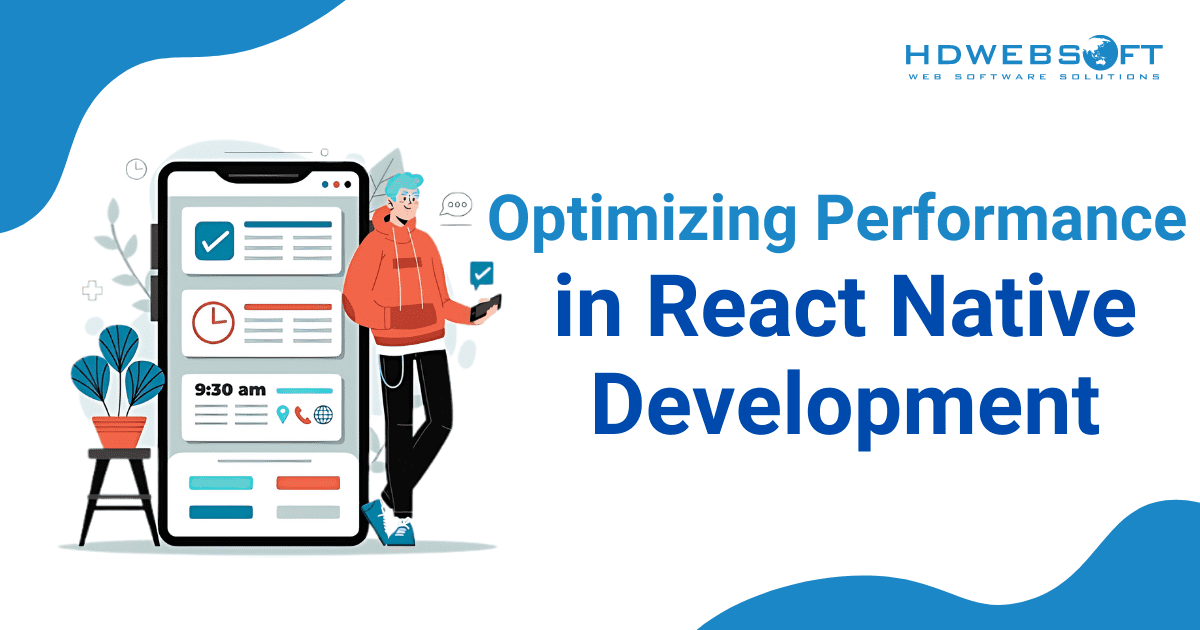
HIPAA Compliance Software & Best Practices for Security in Healthcare
The healthcare industry is rapidly evolving, with technology playing a pivotal role in improving patient care, digital patient engagement, streamlining processes, and ensuring data accuracy. However, with the integration of technology and custom healthcare solutions comes the need for secure and compliant healthcare software to protect sensitive patient information and adhere to strict regulations like the HIPAA compliance software (Health Insurance Portability and Accountability Act). This blog will explore the best practices for developing software that prioritizes data protection in healthcare security and compliance.
- 1) Apply HIPAA Compliance Software for enhanced data security
- 1.1) Conduct a Thorough Risk Assessment
- 1.2) HIPAA Compliance Software
- 1.3) Regular Security Audits and Testing
- 1.4) Secure Development Practices
- 1.5) Data Minimization and Anonymization
- 1.6) Secure APIs and Interoperability
- 1.7) Privacy by Design
- 1.8) Disaster Recovery and Business Continuity
- 1.9) User Education and Training
- 1.10) Incident Response Plan
- 2) Conclusion
Apply HIPAA Compliance Software for enhanced data security
Below are best practices for developing secure and compliant software in healthcare that provide guidelines for compliance with HIPAA and other regulatory requirements to help you achieve the best possible outcome for your medical business.
Conduct a Thorough Risk Assessment
Before embarking on the development journey, conducting a comprehensive risk assessment is crucial. Identify potential threats to data security, compliance issues, and vulnerabilities in your software. A risk assessment helps you prioritize security measures and allocate resources effectively, as well as perceive the importance of data security in healthcare:
- Identify Threats: Identify the various threats your healthcare software may face, such as data breaches, cyberattacks, and unauthorized access.
- Assess Vulnerabilities: Determine potential weaknesses in your software, both in terms of security and compliance. This could include vulnerabilities in code, data storage, or access controls.
- Prioritize Risks: Categorize identified risks based on their severity and potential impact. Prioritization helps in allocating resources effectively to address critical concerns first.
HIPAA Compliance Software
HIPAA compliance software is a cornerstone of healthcare software development. Ensuring HIPAA compliance for software development with regulations is crucial for protecting patient data:
- Data Encryption: Encrypt all patient data, both at rest and in transit, using strong encryption algorithms. Ensure that encryption keys are securely managed to prevent unauthorized access.
- Access Control: Implement strict access control measures to restrict access to patient information. Use role-based access control (RBAC) to define user roles and permissions.
- Audit Trails: Maintain detailed audit trails that record all access and changes made to patient records. Regularly review these logs to detect any unauthorized activities.
- Business Associate Agreements (BAAs): If your software interacts with third-party service providers, ensure that they sign BAAs to guarantee their compliance with HIPAA healthcare data security standards.
Learn more about Healthcare Software Development: What is Healthcare Software Development?
Regular Security Audits and Testing
To maintain privacy and security in healthcare software systems, you must conduct regular security audits and testing. Here’s what you should consider:
- Vulnerability Assessments: Regularly assess your software for vulnerabilities using automated tools and manual testing. This helps uncover weaknesses that automated scans might miss.
- Code Reviews: Enforce code reviews and static code analysis to identify and address security flaws during the development process.
- Penetration Testing: Periodically perform penetration testing to simulate real-world attacks on your software. This helps identify vulnerabilities that could be exploited by malicious actors.
Secure Development Practices
Integrate secure development practices throughout the healthcare software development life cycle (SDLC):
- Security Training: Provide comprehensive security training to your development team. Equip them with the knowledge and skills needed to identify and mitigate security risks as well as healthcare data security standards.
- Secure Coding Standards: Follow established secure coding standards, such as those outlined by the Open Web Application Security Project (OWASP), to ensure that security is ingrained in your software’s architecture and design.
Data Minimization and Anonymization
Reduce the collection and retention of patient data to only what is necessary for the intended purpose:
- Minimize Data Collection: Collect the minimum amount of patient data required for your software’s purpose. This reduces the potential risk if a data breach were to occur and enhances data protection in healthcare.
- Anonymization and Pseudonymization: Whenever possible, anonymize or pseudonymize patient data to protect their privacy. This ensures that even if data is compromised, it cannot be traced back to individual patients.
Explore further: The Platform for Heathcare Knowledge: A Case Study
Secure APIs and Interoperability
Since healthcare software often interfaces with various systems and devices, ensure that your software’s APIs are secure and interoperable:
- Robust APIs: Develop secure, well-documented APIs that follow industry standards like HL7 for healthcare data exchange. Implement strong authentication, authorization, and encryption mechanisms for data exchange.
- Interoperability Standards: Comply with interoperability standards such as Fast Healthcare Interoperability Resources (FHIR) to ensure seamless data sharing among healthcare systems and devices.
Privacy by Design
Incorporate the principles of “privacy by design” into your software development process:
- Privacy-Centric Design: Embed privacy considerations into your software’s design and architecture from the outset of development.
- Data Protection Impact Assessments (DPIAs): Conduct DPIAs to evaluate potential privacy risks associated with your software and implement mitigations accordingly.
Disaster Recovery and Business Continuity
Develop a comprehensive disaster recovery and business continuity plan:
- Continuity Planning: Ensure critical healthcare services remain available during unexpected disruptions, such as natural disasters or cyberattacks.
- Testing and Updates: Regularly test your disaster recovery and business continuity plans to verify their effectiveness. Update them as needed to adapt to evolving threats and technology.
User Education and Training
Educate users, administrators, and staff on data security in healthcare best practices and data handling guidelines:
- Ongoing Training: Implement ongoing training programs to keep users informed about security practices and the importance of HIPAA compliance software.
- Phishing Awareness: Train users to recognize and report phishing attempts, as phishing is a common method used by attackers to gain unauthorized access to healthcare systems.
Incident Response Plan
Prepare a well-defined incident response plan to address data breaches or security incidents:
- Plan Development: Create a detailed incident response plan outlining the steps to be taken in the event of a data breach or security incident. Define roles and responsibilities for incident response teams.
- Timely Reporting: Establish protocols for reporting incidents promptly to relevant authorities, including regulatory bodies and affected individuals, as required by law.
Conclusion
Developing security and compliance for HIPAA compliance software is a complex undertaking that requires careful planning, adherence to regulations, and a commitment to patient data privacy. By following these best practices, healthcare organizations and software developers can not only meet regulatory requirements but also enhance patient trust, improve data security and digital patient engagement, and contribute to the overall success of healthcare systems. In an era where healthcare and technology are closely intertwined, safeguarding patient data remains paramount to providing quality healthcare services.
Read more: Top 5 Java Development Companies in Vietnam













